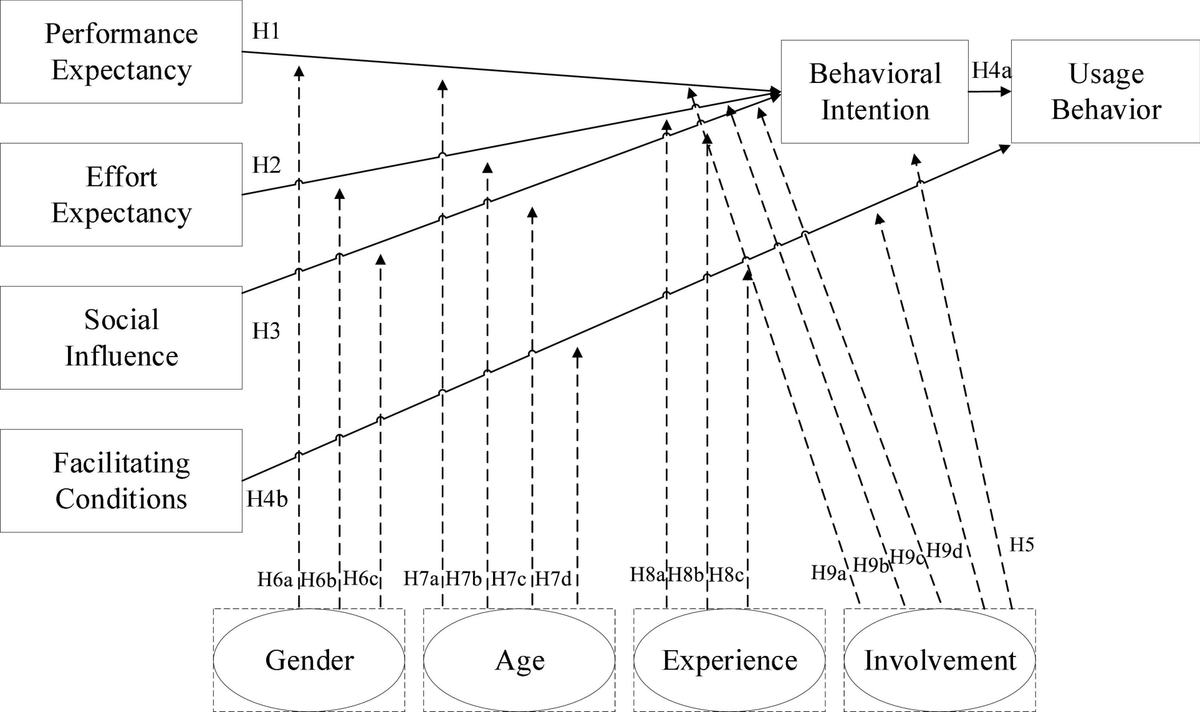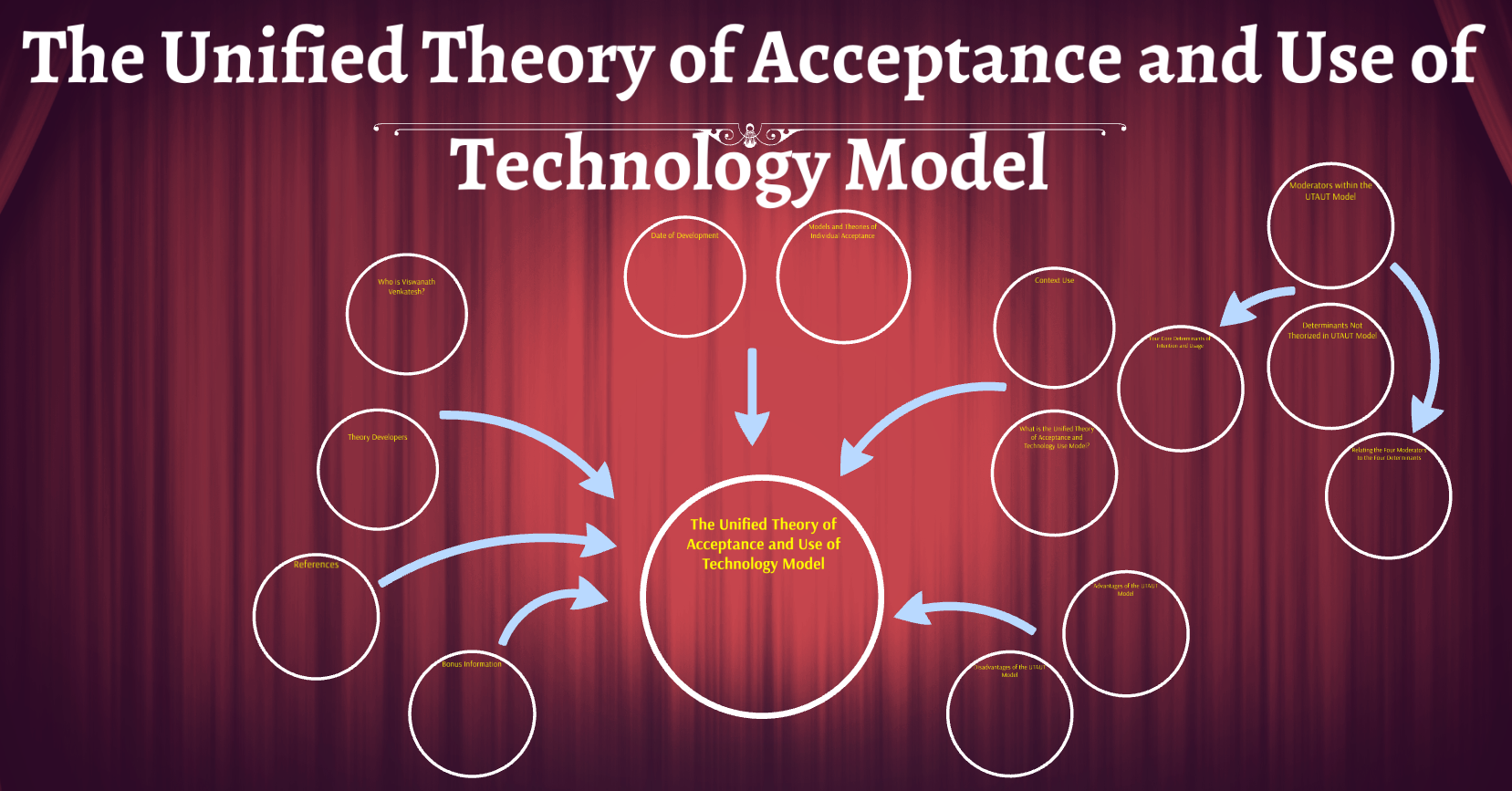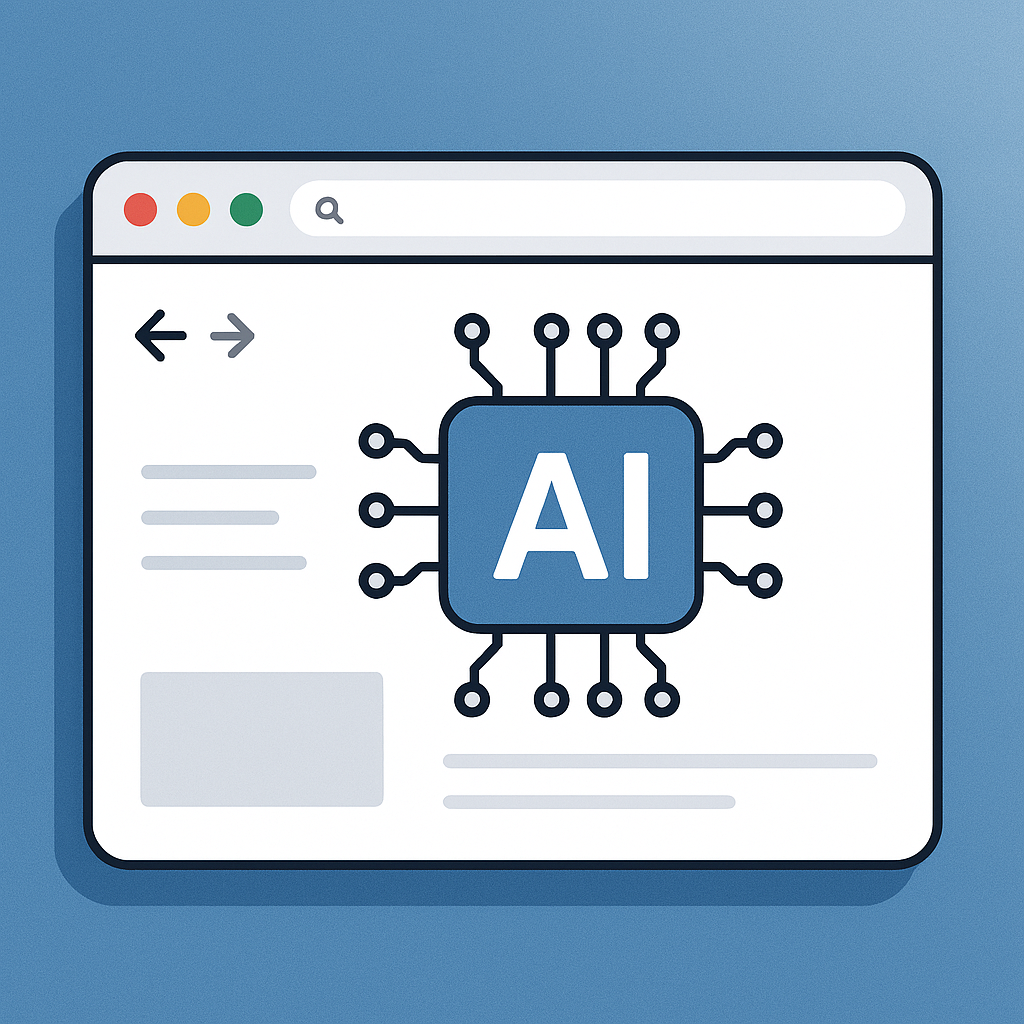Introduction
Overview of Unified Theory of Acceptance and Use of Technology (UTAUT)
The Unified Theory of Acceptance and Use of Technology (UTAUT) is a pivotal framework for understanding how users embrace technology. Developed through extensive research, UTAUT consolidates various models and theories focused on technology acceptance. It identifies four core constructs—Performance Expectancy, Effort Expectancy, Social Influence, and Facilitating Conditions—collectively shaping user decisions. For instance, when considering a new software application, a user will assess its overall benefits (Performance Expectancy) against how easy it is to navigate (Effort Expectancy). Similarly, recommendations from peers (Social Influence) and available resources (Facilitating Conditions) weigh heavily in their decision-making process.
Purpose and Significance of Understanding User Attitudes Towards Technology
Understanding user attitudes toward technology is crucial for several reasons:
- Improves Adoption Rates: By addressing user concerns, developers can tailor solutions encouraging acceptance.
- Enhances User Experience: Acknowledging and adapting to user attitudes creates more user-friendly technology.
- Informs Design Decisions: Insights into user behavior guide the creation of efficient interfaces and functionalities.
Ultimately, through UTAUT and its dedicated focus on user perspectives, organizations can create technologies that resonate with their audience, fostering a more engaged and satisfied user base.

Understanding Technology Acceptance
Factors Influencing User Behavior towards Technology
As we delve deeper into technology acceptance, it becomes clear that several factors play a crucial role in shaping user behavior.
- User Motivation: Users are likelier to adopt technology that aligns with their personal or professional goals.
- Previous Experience: Familiarity with similar technologies can ease navigation and reduce anxiety around using new tools.
- Support Systems: Access to training and help resources can significantly impact a user’s willingness to embrace new technology.
For example, consider a workplace transitioning to a new project management tool. Employees who have utilized similar software before may adapt quickly, while those without experience may struggle.
Role of Perceived Usefulness and Perceived Ease of Use
At the heart of technology acceptance lies two vital concepts: Perceived Usefulness and Perceived Ease of Use.
- Perceived Usefulness refers to the degree to which a user believes the technology will enhance their job performance.
- Perceived Ease of Use signifies how effortless the technology is to operate.
Studies have shown that when users find a useful and easy tool, their likelihood of acceptance skyrockets. For instance, if employees feel that a new software tool saves time and simplifies their workflow, they are far more inclined to integrate it into their daily routine. This duality makes understanding these factors essential for technology designers and developers.

Components of UTAUT Model
Performance Expectancy
One of the foundational elements of the UTAUT model is Performance Expectancy, which focuses on how users perceive the benefits of using a technology. Put, if individuals believe a technology will enhance their productivity or efficiency, they are more likely to adopt it. For instance, consider how many people gravitated towards cloud storage solutions like Google Drive—its perceived ability to make file access and collaboration easier was a game changer.
Effort Expectancy
Next, we have Effort Expectancy, which gauges the ease of use associated with a technology. Users who find a tool intuitive and straightforward are much more likely to embrace it.
- User-Friendly Interfaces: Simple navigation encourages acceptance.
- Training Opportunities: Adequate onboarding reduces anxieties.
An example would be mobile apps with clear instructions—users often enjoy apps requiring minimal learning effort.
Social Influence
Moving on, Social Influence reflects how the opinions and behaviors of peers affect an individual's technology use. This factor can be particularly influential in collaborative environments.
- Peer Recommendations: Hearing colleagues rave about a tool can motivate hesitant users.
- Cultural Trends: Technologies that become popular within social circles tend to spread quickly.
For example, if many friends use a particular fitness app, you might feel encouraged to join.
Facilitating Conditions
Finally, Facilitating Conditions encompass the resources and support available to users that enable effective technology use. This includes access to hardware, software, and help from others.
- Technical Support: Quick help desk responses can alleviate frustrations.
- Resources: Availability of guides or tutorials enhances competence.
Imagine a company that rolls out new software but neglects to provide help or training—users may struggle, leading to resistance. Therefore, addressing these components is crucial in ensuring successful technology adoption.
Adoption and Usage of Technology
Application of UTAUT in Predicting Technology Acceptance
The UTAUT model is pivotal in predicting technology acceptance, providing vital insights for developers and organizations. Companies can gauge potential user acceptance before launching new technology by analyzing the four core components—Performance Expectancy, Effort Expectancy, Social Influence, and Facilitating Conditions. For instance, a team introducing a new software tool might conduct surveys to assess how employees view these components. Insights gained can reveal key areas where users might struggle, allowing for preemptive adjustments.
- Data-Driven Decisions: Collecting feedback before rollout enhances success rates.
- Tailored Training Programs: Understanding users’ concerns can lead to effective onboarding sessions.
Implications for Designing User-Centric Technology
The insights derived from UTAUT also significantly impact designing user-centric technology. When developers prioritize user perceptions of usefulness and ease of use, they create more engaging and effective tools.
- Iterative Design Processes: Incorporating user feedback continuously fosters innovation.
- Personalization: Customizable features enhance user satisfaction.
Ultimately, the application of UTAUT predicts acceptance and shapes the future of technology design, ensuring that products align with user needs and thereby fostering a positive adoption experience.
Empirical Studies and Findings
Research on UTAUT and User Attitudes Towards Various Technologies
Numerous empirical studies have investigated the applicability of the UTAUT model across diverse technologies, revealing fascinating insights into user attitudes. Research has examined everything from mobile applications to enterprise software, providing a comprehensive understanding of how the model operates in real-world settings. For example, a study on e-learning platforms found that Performance Expectancy significantly influenced students' willingness to use new educational technologies. Additionally, studies within healthcare settings demonstrated that when physicians perceived technology as useful and easy to implement, they were more inclined to adopt electronic health records.
- Sector-Driven Insights: Each industry often exhibits unique attitudes.
- Cultural Context: User acceptance varies based on regional technology usage.
Analysis of Data and Results in Technology Acceptance
Analyzing data from these studies often reveals patterns that organizations can leverage.
- User Surveys and Interviews: These tools help gauge perceptions directly.
- Statistical Models: Employing regression analysis can clarify relationships between UTAUT constructs.
For example, a meta-analysis combining several studies on mobile banking showed a clear correlation between Effort Expectancy and usage frequency. Understanding these data-driven insights enables businesses to refine their strategies effectively, optimizing technology adoption and ensuring a smoother transition for users.

Critiques and Limitations of UTAUT
Challenges in Applying UTAUT Model
While the UTAUT model has proven invaluable in understanding technology acceptance, it isn't without its critiques. One significant challenge is the model's complexity; with multiple constructs to consider, it can sometimes overwhelm researchers and practitioners alike.
- Context-Specific Limitations: UTAUT may not accurately predict behavior across all cultural or organizational contexts. For example, what works in a corporate environment may not translate well to educational settings.
- Dynamic Technological Landscape: Rapid technological advancements can lead to the model becoming dated quickly, requiring constant updates to remain relevant.
For instance, the surge of social media tools has shifted user behavior in ways traditional acceptance models may not fully encapsulate.
Alternative Frameworks and Models in Understanding Technology Adoption
Given these challenges, several alternative frameworks have emerged. Models such as the Technology Acceptance Model (TAM) and the Diffusion of Innovations theory provide different lenses for understanding user behavior.
- TAM: Focuses specifically on Perceived Usefulness and Perceived Ease of Use, offering a more straightforward yet effective approach.
- Diffusion of Innovations: Emphasizes the social processes and communication channels influencing technology adoption.
These alternatives allow researchers to explore technology acceptance from diverse perspectives, enhancing our understanding of user behaviors in an ever-changing digital world.

Future Directions and Research Implications
Emerging Trends in Technology Acceptance Research
As technology continues to evolve, so does the landscape of technology acceptance research. Emerging trends highlight a shift toward understanding user experience in more granular ways. For example, the rise of Artificial Intelligence (AI) and Machine Learning (ML) introduces new variables that affect user attitudes. Researchers are increasingly exploring:
- Personalization: How tailored experiences influence user acceptance.
- Social Media Influence: The role of online communities in shaping perceptions of technology.
Additionally, the increasing emphasis on sustainability and ethical technology use prompts researchers to examine how these aspects affect user attitudes.
Potential Areas for Advancement in Understanding User Attitudes Towards Technology
There are several potential areas for advancement in our understanding of user attitudes, including:
- Cross-Cultural Studies: Investigating how cultural differences impact technology acceptance can reveal unique user insights.
- Longitudinal Research: Studying user attitudes over time offers a deeper understanding of how perceptions evolve with technology maturation.
By addressing these areas, researchers can provide more comprehensive insights that empower developers and organizations to design technologies that resonate with users, ultimately enhancing adoption rates and user satisfaction.
Practical Applications and Recommendations
Strategies for Enhancing User Acceptance of Technology
Organizations can implement several effective strategies to foster user acceptance of technology. These methods focus on addressing the core components of the UTAUT model:
- Tailor User Education: Training programs should be customized to highlight the Performance Expectancy of new technologies. For example, workshops can demonstrate specific productivity gains from using the software.
- Simplify Onboarding: Streamlining the initial setup process fosters Effort Expectancy. Providing easy-to-follow guides and video tutorials helps users feel comfortable from the start.
- Leverage Social Networks: Encourage early adopters to share their positive experiences, tapping into Social Influence. User testimonials can have a powerful impact on hesitant users.
Guidelines for Implementing UTAUT Principles in Real-World Settings
When implementing UTAUT principles, organizations should consider the following guidelines:
- Conduct Surveys: Regular feedback can clarify user perceptions, allowing organizations to address concerns promptly.
- Provide Continuous Support: Ensure users can access help resources, reinforcing Facilitating Conditions.
- Monitor Technology Integration: Regular check-ins to evaluate how well the technology aligns with user expectations can lead to timely interventions.
Organizations can significantly enhance user acceptance by adopting these strategies and guidelines, paving the way for successful technology integration.
Conclusion
Recap of UTAUT Model and Its Impact
The Unified Theory of Acceptance and Use of Technology (UTAUT) has established itself as a crucial framework for understanding why individuals accept or reject new technologies. Organizations can gain valuable insights that inform the design and implementation of technology solutions by examining core constructs such as Performance Expectancy, Effort Expectancy, Social Influence, and Facilitating Conditions. Over the years, numerous studies have shown that applying UTAUT principles can increase user satisfaction and higher adoption rates, making it an indispensable tool for businesses navigating today's tech-driven landscape.
Final Thoughts on Enhancing User Attitudes Towards Technology
As technology continues to permeate every aspect of our lives, enhancing user attitudes toward technology has never been more critical. Addressing concerns related to ease of use and demonstrating clear benefits can significantly influence user behavior.
- Stay Engaged: Continuous dialogue with users helps identify areas for improvement.
- Be Adaptive: Embrace user feedback to refine technologies continually.
By focusing on these elements, organizations can foster a positive acceptance environment, enhancing user experiences and driving the successful integration of new technologies. Ultimately, a user-centric approach is key to building a more technologically adept world.




